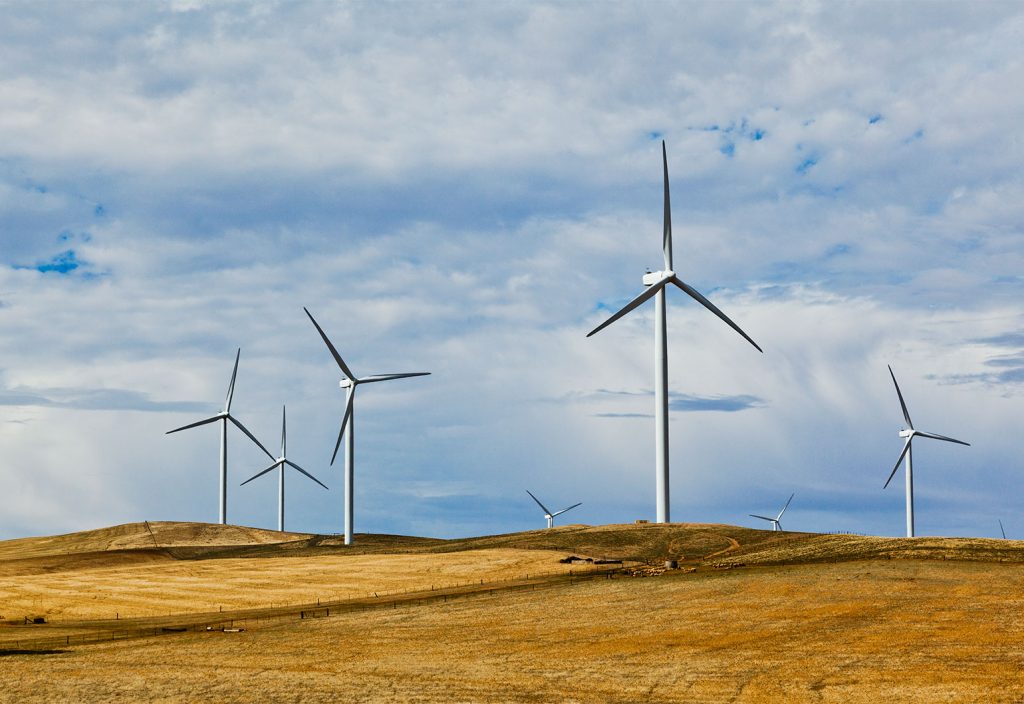Australian Electricity Market Operator CEO Daniel Westerman recently committed to designing a grid capable of handling 100 per cent instantaneous renewable energy by 2025. Create spoke to power system and converter specialists about the engineering challenges and opportunities involved.
Westerman joined AEMO in May from the UK’s National Grid, where he spearheaded its clean energy transition. At time of writing, the UK grid had under 55 per cent fossil fuel generation, with less than 4 per cent from coal-fired power stations.
In an address to the Committee for Economic Development of Australia (CEDA) earlier this month, Westerman, who has a mechanical engineering degree, acknowledged the need to work closely and collaboratively with governments, industry and communities to achieve the transition to a more renewable-friendly Australian grid. But an important omission from his speech was the need for technical leadership.
Engineers Australia Fellow and Chartered engineer Rod McDonald FIEAust CPEng, Chair of Engineers Australia’s Mechanical College, said the grid is a technical workplace, with technical equipment, so it needs technical leadership to be successful. McDonald has been working with Electrical College Co-Chair Dr Peter Sokolowski FIEAust CPEng, other Engineers Australia College Chairs, and AEMO to establish an engineering framework for the grid.
“The engineering framework covers the grid design as well as the technical services that keep the grid running,” Sokolowski explained.
AEMO’s willingness to embrace increased renewable penetration is a positive step. To make sure it leads to real progress, Sokolowski said we can look outside engineering for ways to better inform decision makers.
For example, the model adopted during the COVID-19 pandemic, where chief health officers advise state premiers, and the Australian Technical Advisory Group on Immunisation (ATAGI) provides technical counsel to the Federal health minister.
Engineers Australia is working to build the case for new mechanisms to ensure that technical leaders have more influence over decisions made at all levels of government.
Instantaneous vs average renewables
Westerman’s 100 per cent instantaneous renewable penetration target for the National Electricity Market (NEM) is a step up from AEMO’s previous 2025 target of 75 per cent.
“By ‘instantaneous’, I mean at any single moment in time,” Westerman explained.
This goal is yet to be achieved on a national scale. But last October, South Australia safely generated 100 per cent of its energy needs from rooftop and large-scale solar for over an hour. AEMO described this as a world-first milestone.
On average, the NEM (which connects Victoria, South Australia, Tasmania, New South Wales, the ACT and Queensland) is still dominated by fossil fuels. In 2019, 79 per cent of national electricity generation came from fossil fuels, and 56 per cent from coal.
But renewable generation, particularly from rooftop and large scale solar, is growing rapidly. An important engineering challenge is maintaining grid stability while transitioning from the rotating machines used to generate electricity from coal and gas, to a higher percentage of sources that rely on electronic power converters to connect them to the grid (such as solar or battery storage).
Westerman compares this issue to “riding a bicycle really slowly”.
According to power converter specialist Professor Grahame Holmes, engineers have already developed power conversion technology capable of balancing the grid as the average share of renewables rises. But we still need to develop the local knowhow to integrate it successfully into the NEM.
“Overseas they have been doing it. Our engineers are still learning,” he said, adding that Germany had already integrated over 40 per cent renewables into its grid, en route to its target of 65 per cent average renewable generation by 2030.
A different way of thinking
As the percentage of solar power and battery storage increases and fossil fuel-fired stations reach the end of their lives, we need to revise our thinking about how to keep the grid stable.
At the moment, the grid relies on the inertia of spinning turbine generators to keep the frequency from changing too quickly. While some renewable sources (such as wind turbines and pumped hydro) will provide rotational inertia to the grid, solar and batteries will not.
“The problem with integrating renewables is that so many people are trying to solve the inertia problem with more inertia,” McDonald said.
For example, Deeside Power Station in the UK has been recommissioned to keep its turbines running to provide rotational energy to the grid — without producing any electricity.
But McDonald said batteries and supercapacitors could provide a ‘dampening’ and ‘buffering’ effect to the grid, by providing electricity quickly when needed to balance the grid, and filling gaps in supply when the wind doesn’t blow and sun doesn’t shine.
Charging and discharging electric cars could also be a valuable source of reserve electricity and off-peak use when their uptake increases, he said.
Holmes agreed, likening it to the transition from petrol to electric vehicles.
”We have hybrid cars as a transition stage, but you wouldn’t put a petrol engine in a Tesla,” he said, adding that this could also be applied to the thinking that we need to keep rotating machines in the power grid just because that’s what we have now.
Who needs to be at the table?
Members of many different engineering disciplines keep our electricity grid running and keep tabs on its performance –— including electrical, mechanical, chemical and environmental engineers. And within these disciplines are specialisations, for example, conventional power systems and power converter experts.
Sokolowski and McDonald stressed the need for the full spectrum of engineering expertise to be at the forefront of decisions on the NEM, alongside industry, governments and community.
“It’s not a one-stop-shop-solution. It requires everyone to be working together,” Sokolowski said.
Holmes added that power systems and power converter specialists also need to learn from each other to understand how to make a shift from the conventional rotating machine grid model.
“It’s a bit like going for a moonshot,” Holmes said. “You have to bring a team together with the right capability and say ‘make it happen’.”
